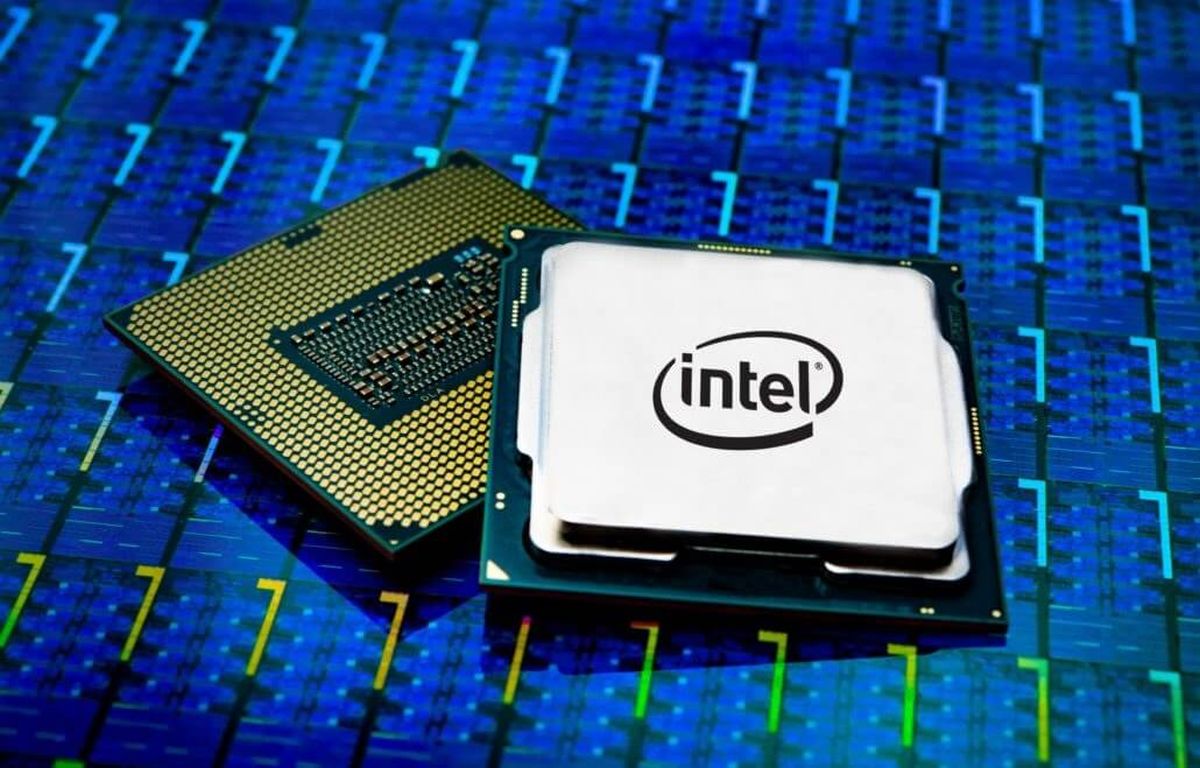First put into production in 2013 and discontinued in 2015, the CPU is based on the now defunct and obsolete 22nm process node. The same process node used to manufacture its 3rd generation Ivy Bridge CPUs. As a refresher, the Pentium G3420 is a dual-core CPU that comes without Intel’s HyperThreading technology, has a 53W TDP, and a 3.2GHz baseclock. As we said, it’s hard to imagine what was going through Intel’s mind when it decided to resuscitate an already aging low-end CPU. However, tech site Tom’s Hardware believes that the decision is somehow related to Intel’s on-going shortage of 14nm production.
It’s a theory that does hold water; at the start of the month, it was reported that Intel had agreed to pawn off the production of its 14nm CPUs to Samsung. Prior to that, the CPU brand also roped in the assistance of Taiwan-based foundry, TSMC, to do the same thing. Just as it was then, many industry veterans believe that Intel did this to free its hands and focus on the development of its new 10nm CPUs.
